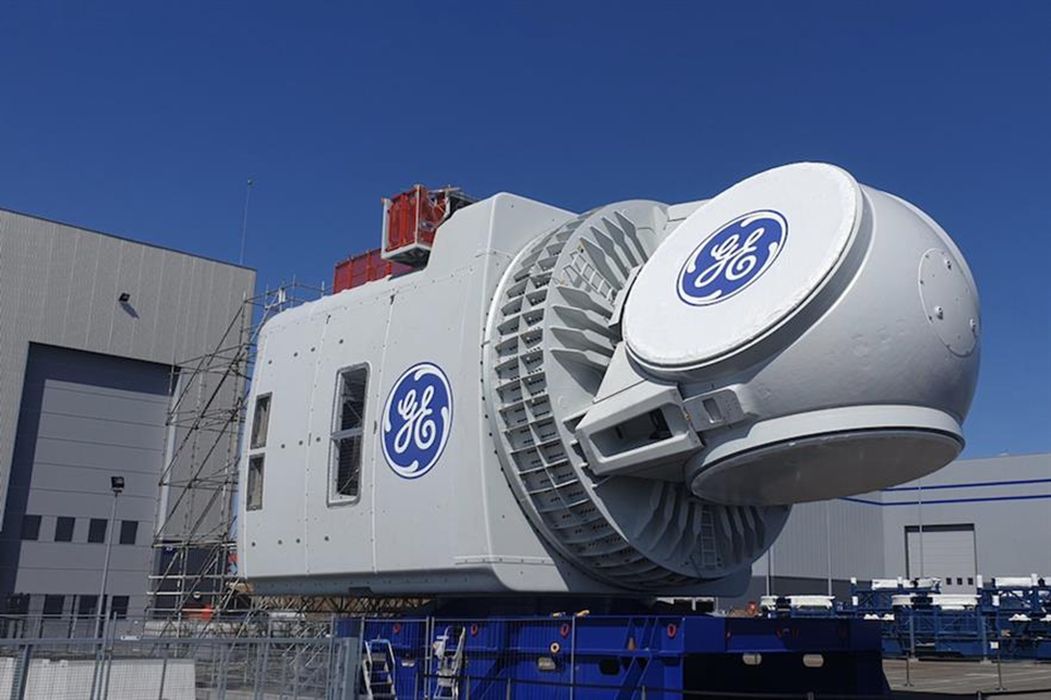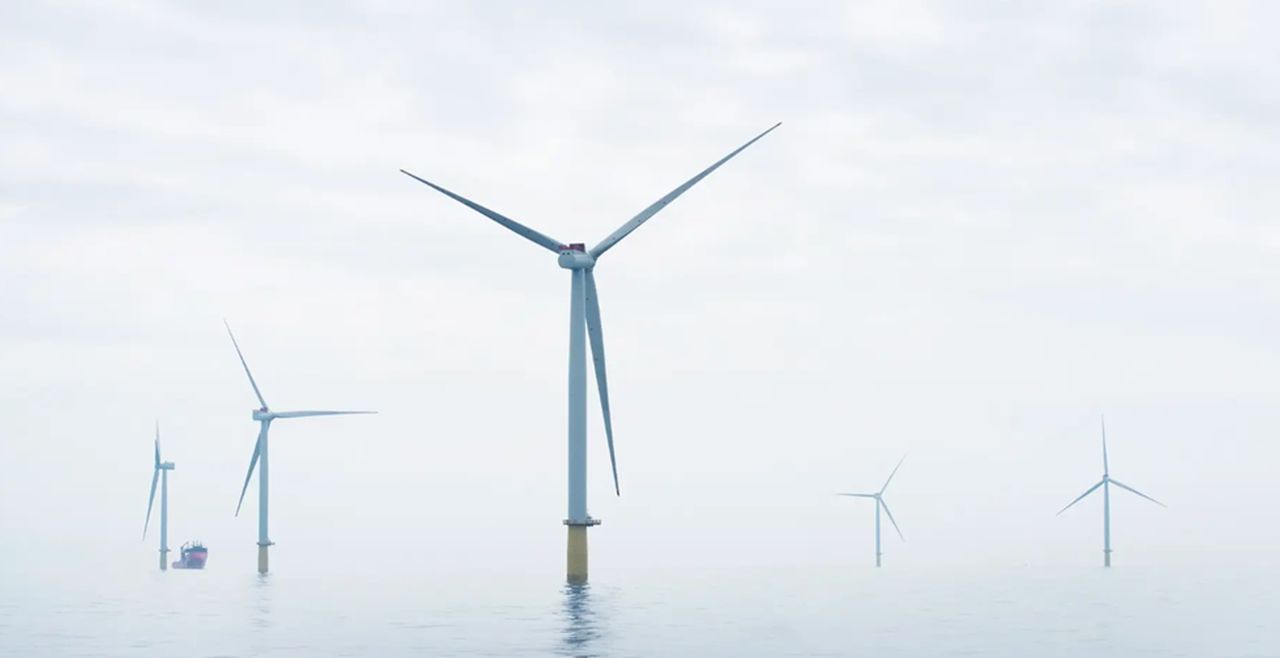
Charles Goulding and Mwansa Chabala expect more 3D printed energy systems from GE as a result of increasing demand for electricity.
New York has the fastest-growing wind industry in the US. With some of the country’s highest electricity costs and increasing electrification demands for EV vehicles and building heat pumps, New York needs alternative energy sources.
GE, with its deep 3D printing expertise, has been at the forefront of developing 3D printed wind turbine technologies including Nacelles (pictured above) and 3D printed concrete offshore turbine platforms. The wind industry is increasingly utilizing composite material components and areas where 3D printing technology can provide solutions.
One of the largest international wind project developers is Equinor, headquartered in Norway with over 22,000 employees and operating in 50 countries. Equinor has a strong US presence and is New York’s largest offshore wind developer and has made a concerted effort to support the development of a local wind turbine component supply chain.
Equinor’s supply chain outreach is extensive and includes suppliers and contractors ranging from concrete and rebar companies to electricians and marine service providers.

Equinor’s New York project proposals include commitments for local manufacturing to make components.
National Grid and the large German energy projects developer RWE Renewables has submitted a joint proposal to the New York State Energy Research and Development Authority (NYSERDA) to provide 1.3 GW of wind capacity to power nearly 500,000 homes. The RWE proposal includes the following:
- Collaborating with General Electric (GE) to deliver a nation-leading opportunity to localize both blade and nacelle facilities.
- Bringing steel fabrication and processing to Orange County, creating union jobs and exceeding the solicitation’s target for US steel.
- Investing in a Staten Island port facility for staging and assembly of wind turbines, which will contribute to good-paying jobs in the borough.
Orsted the large Danish wind turbine project provider also has a major presence in the New York market. We have previously written Fabbaloo articles about Orsted such as 3D Printing for Pumps, Toys and Windmills and Strong Winds and 3D Printing.
New York is serving as a test bed for large-scale wind projects that the rest of the county can learn from. The large European-based global wind project developers are savvy and create comprehensive programs that include a focus on economically disadvantaged communities and apprenticeship programs that are going to enable them to maximize the tax credits under the Inflation Reduction Act.
The Research & Development Tax Credit
The now permanent Research and Development (R&D) Tax Credit is available for companies developing new or improved products, processes and/or software.
3D printing can help boost a company’s R&D Tax Credits. Wages for technical employees creating, testing, and revising 3D printed prototypes can be included as a percentage of eligible time spent for the R&D Tax Credit. Similarly, when used as a method of improving a process, time spent integrating 3D printing hardware and software counts as an eligible activity. Lastly, when used for modeling and preproduction, the costs of filaments consumed during the development process may also be recovered.
Whether it is used for creating and testing prototypes or for final production, 3D printing is a great indicator that R&D Credit eligible activities are taking place. Companies implementing this technology at any point should consider taking advantage of R&D Tax Credits.
Conclusion
Big programs provide big opportunities, and the New York wind initiative is a major initiative. This program is comprehensive and hopefully will create the model for windpower and 3D printed wind applications.
